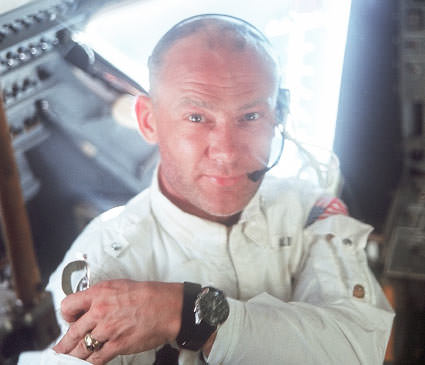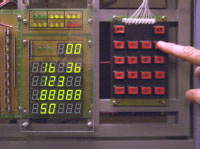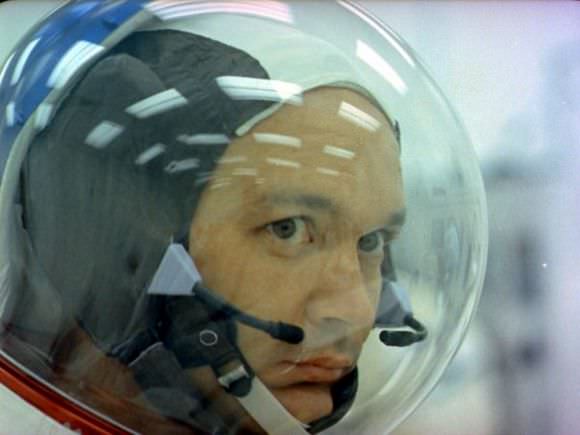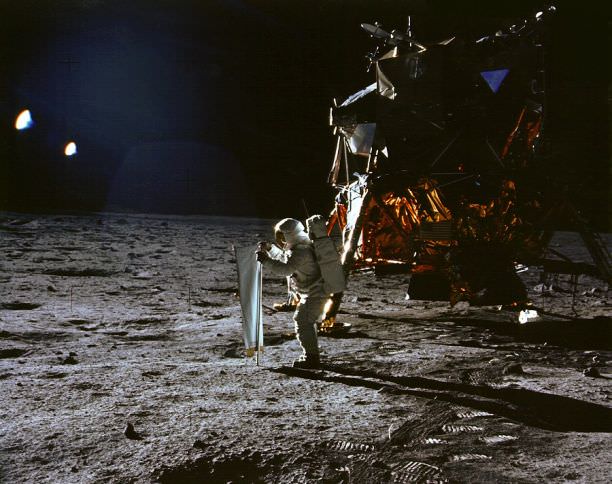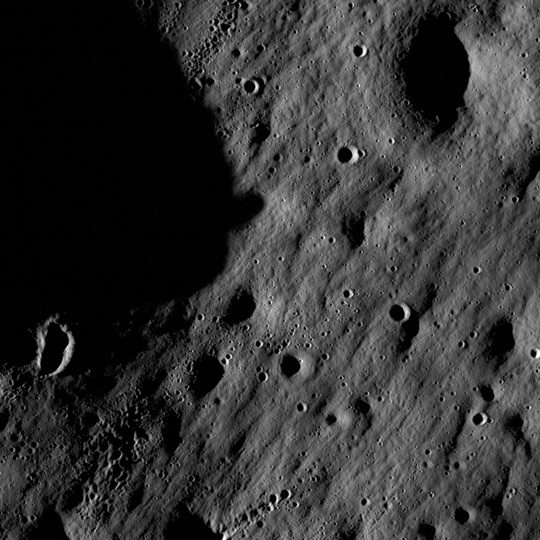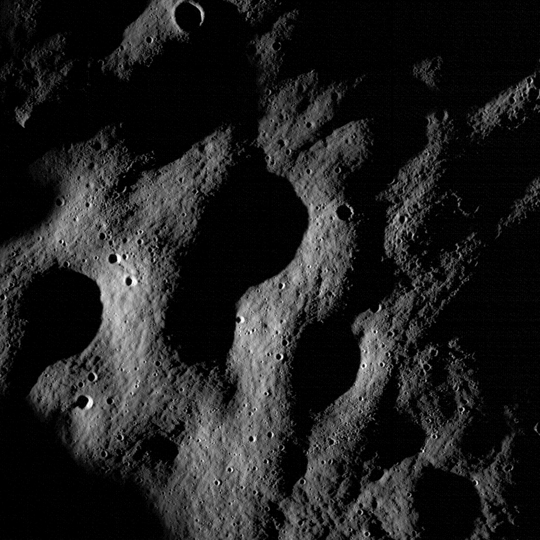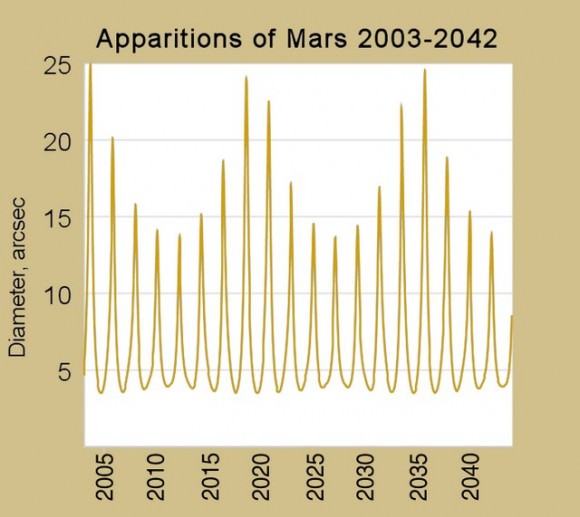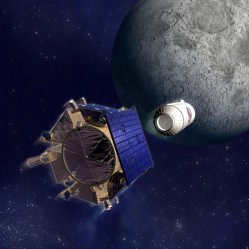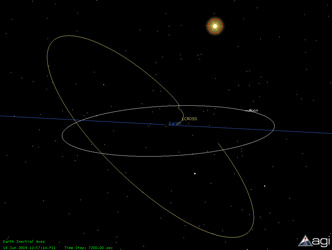[/caption]
I’m classifying this one under “Extreme Geek.” But very cool Extreme Geek.
Remember the computer on the Apollo 11 Eagle lander that kept reporting “1201” and “1202” alarms as Neil Armstrong and Buzz Aldrin approached landing on the Moon? Well, now you can have one of your very own. Software engineer John Pultorak worked 4 years to build a replica of the Apollo Guidance Computer (AGC), just so he could have one. And then he wrote a complete manual and put it online so that anyone else with similar aspirations wouldn’t have to go through the same painstaking research as he did. The manual is available free, but Pultorak says he spent about $3,000 for the hardware.
The 1,000 page documentation includes detailed descriptions and all schematics of the computer. You can find them all posted on Galaxiki, downloadable in pdf. format (the files are large).
During the first moon landing, the AGC guided Neil Armstrong and Buzz Aldrin towards a large crater with huge boulders around it. Knowing he didn’t want to land there, Armstrong took manual control of the lunar module while Aldrin called out data from the radar and computer, guiding the Eagle to a safe landing with about 30 seconds of fuel left.
Even with that inauspicious beginning, the AGC did its job for the Apollo missions, and did it well. It had to control a 13,000 kg spaceship, orbiting at 3,500 kilometers per hour around the moon, land it safely within meters of a specified location and guide it back from the surface to rendezvous with a command ship in lunar orbit. The system had to minimize fuel consumption because the spacecraft only contained enough fuel for one landing attempt.
The original Apollo AGC cost over $150,000. It didn’t have a disk drive to store any software, and only 74 kilobytes of memory that had been literally hard-wired, and all of 4 Kb of something that is sort of like RAM.
It was developed by the MIT Instrumentation Laboratory and it a pretty amazing piece of hardware in the 1960s, as it was the first computer to use integrated circuits. The AGC mutlitasking operating system was called the EXEC, it was capable of executing up to 8 jobs at a time. The user interface unit was called the DSKY (display/keyboard, pronounced “disky”); an array of numerals and a calculator-style keyboard used by the astronauts to communicate with the computer.
Each Apollo mission featured two AGC computers – one in the Apollo Command Module and one in the Apollo Lunar Module.
Reportedly, Aldrin later said he kept the guidance system on while the descent radar was also on. The computer wasn’t designed for that amount of simultaneous input from both systems, which was why the alarms kept going off. But Aldrin’s reasoning was if the descent had to be aborted he didn’t want to have to turn on the guidance while they were doing their abort rocket burn to escape from crashing. As the story goes, while the alarms were going off, computer engineer Jack Garman told guidance officer Steve Bales in mission control it was safe to continue the descent and this was relayed to the crew. Garman remembered the 1201 and 1202 alarms occurring during one of the hundreds of simulations the team performed in preparation of the Apollo 11 mission, and knew it would be OK to continue.
The rest is history. And now you can build yourself a little piece of it.
Sources: Galaxiki, Apollo 11 Wikipedia

